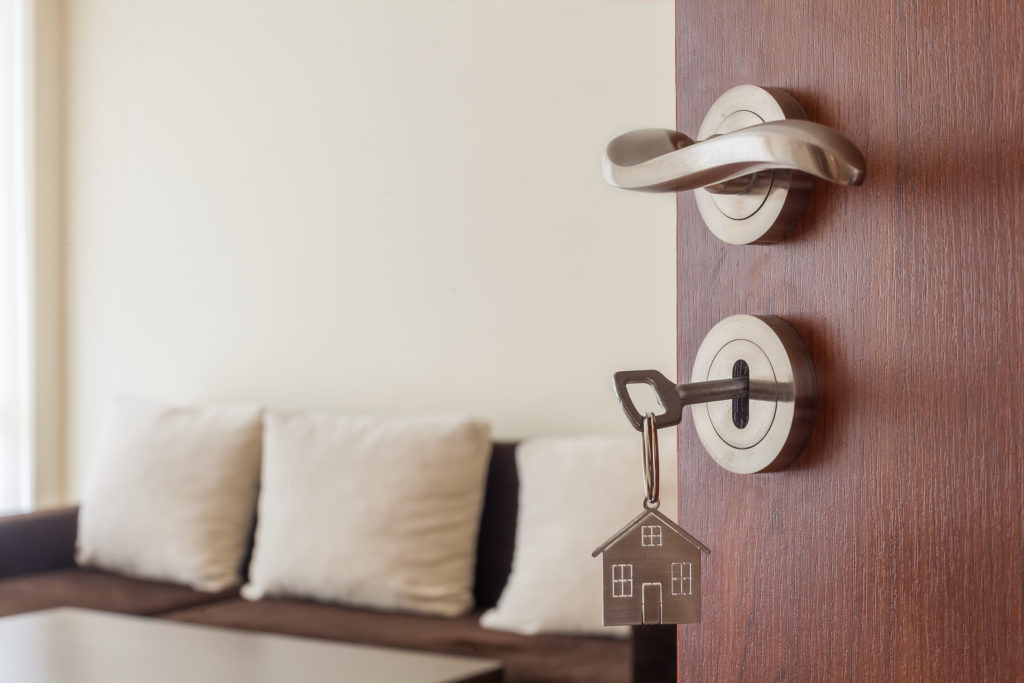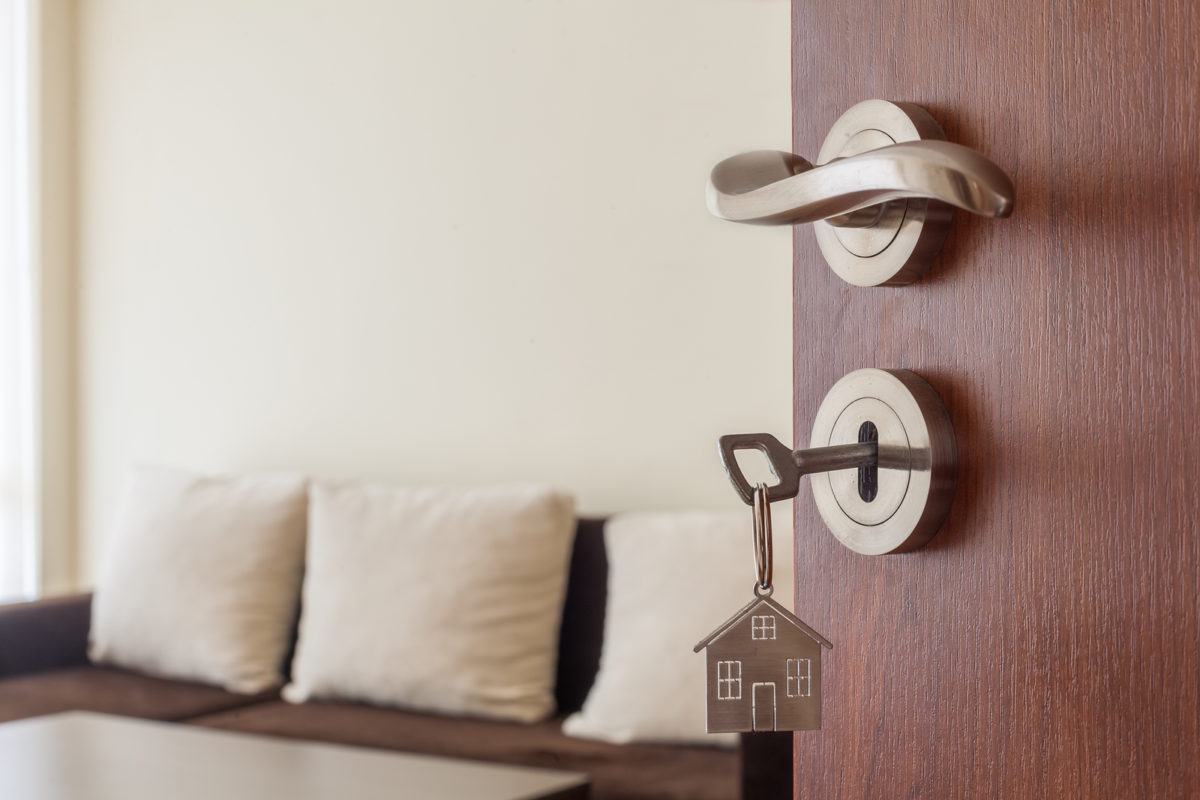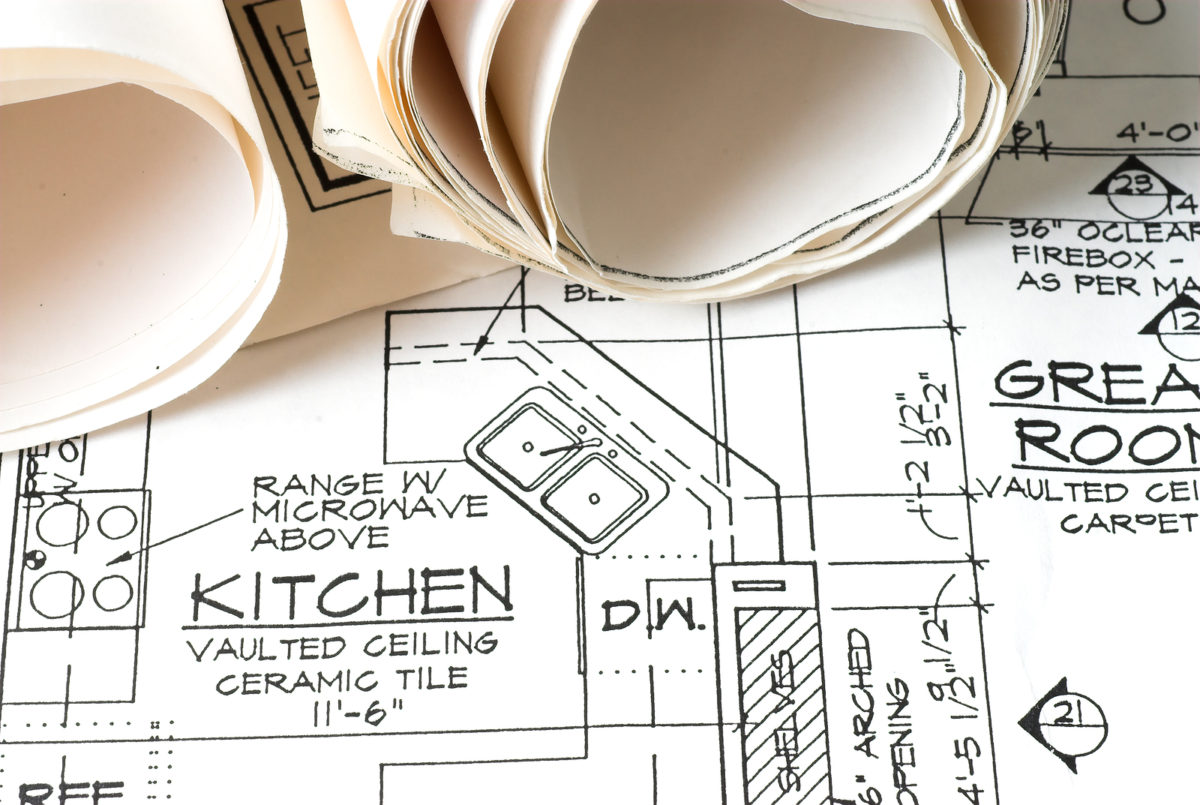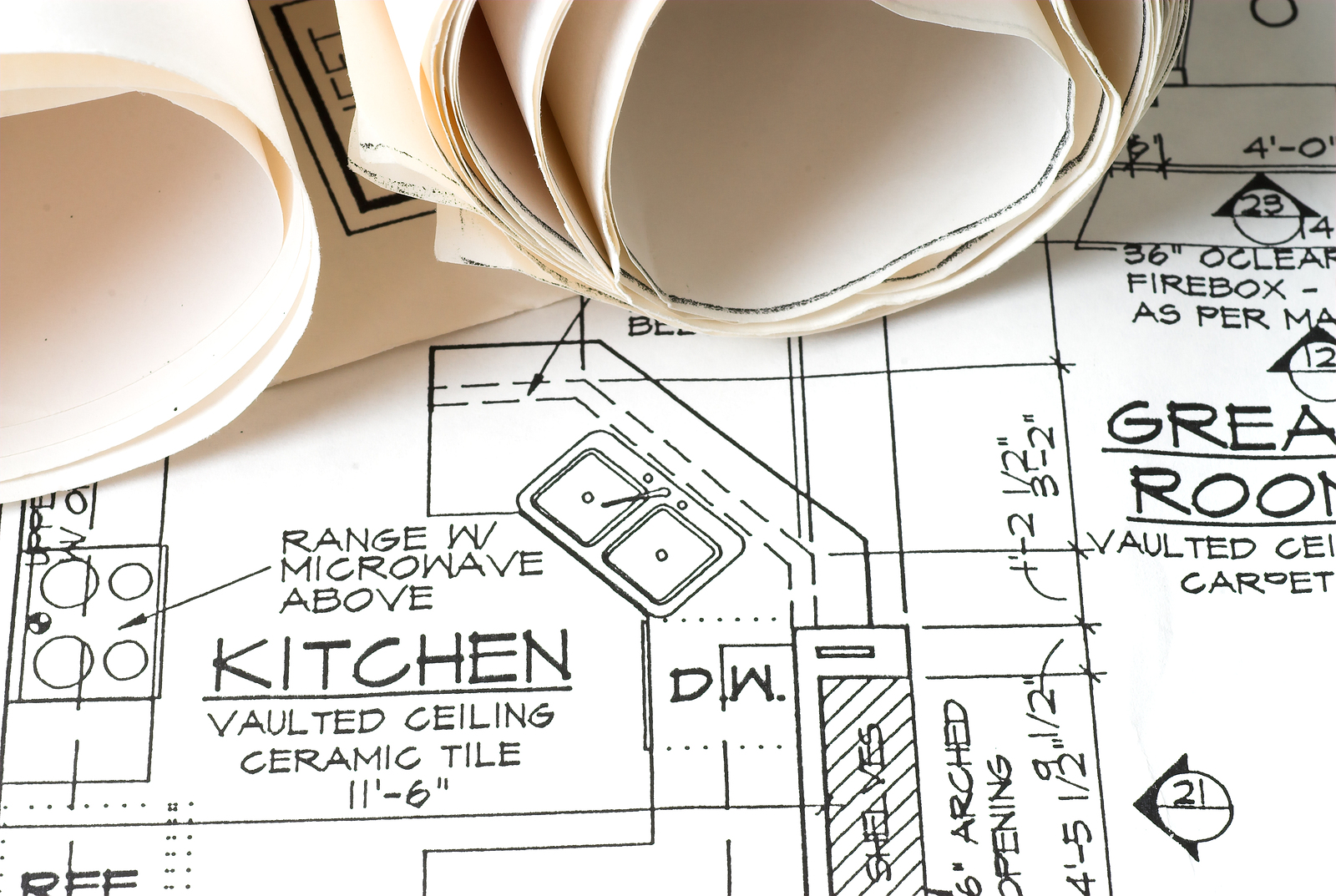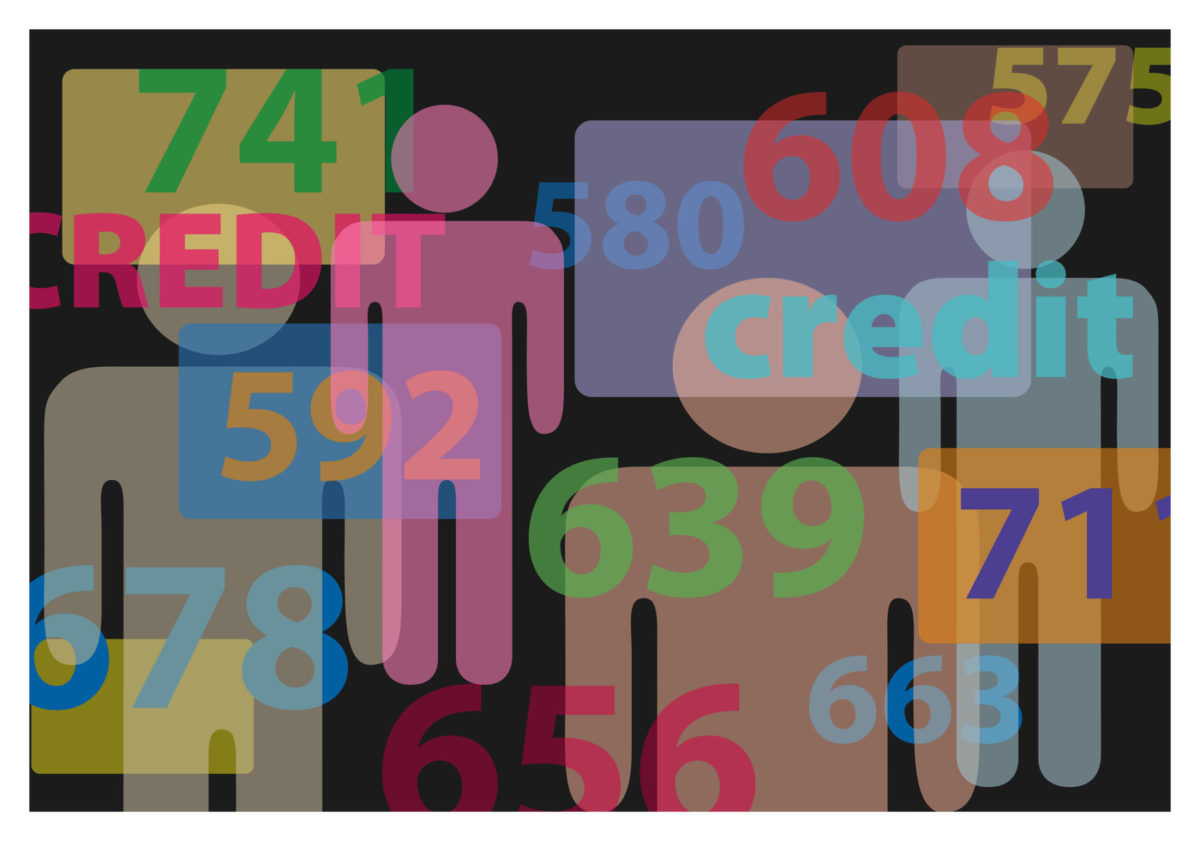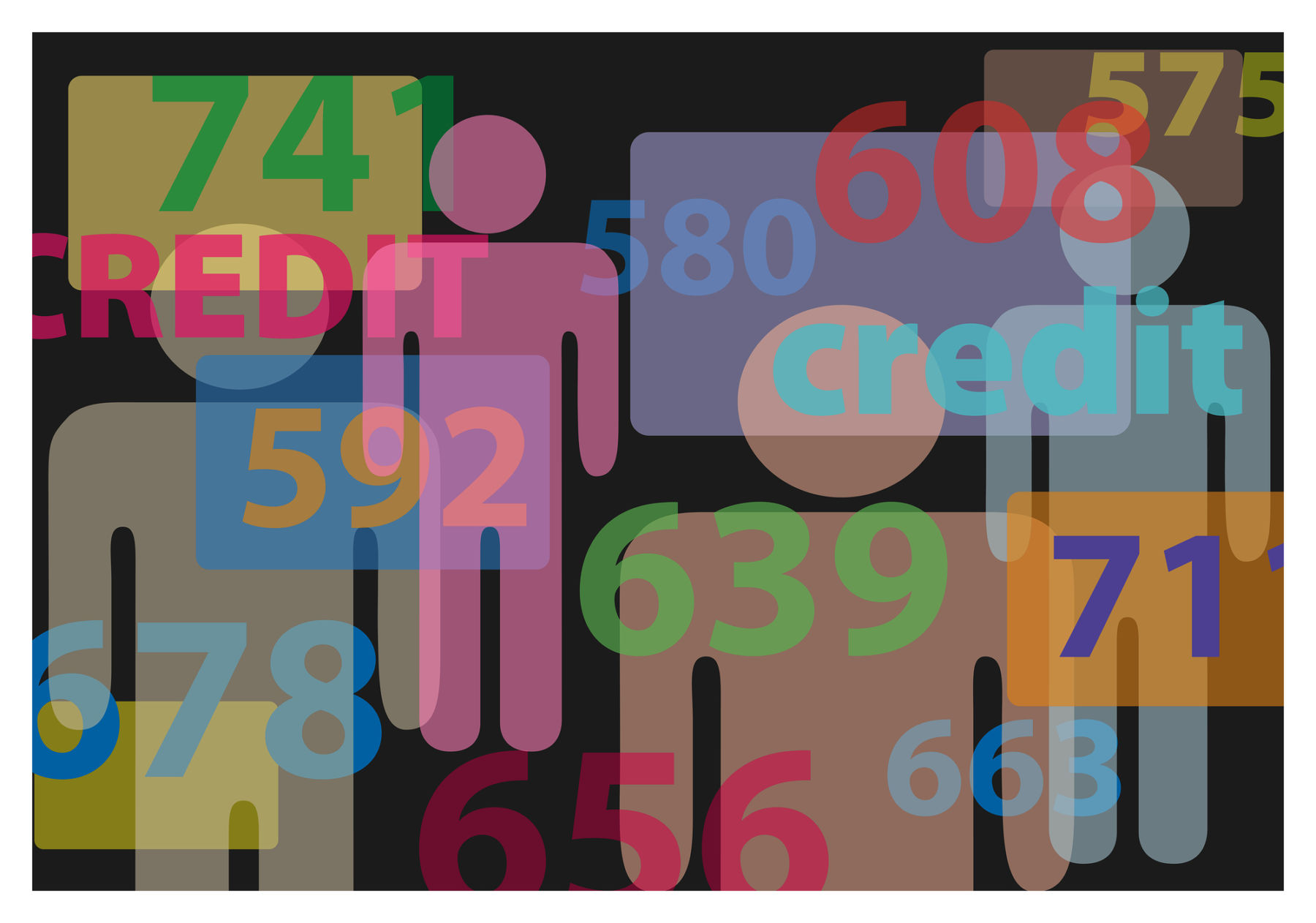
That letter from the bank: You know the one — it says you’re approved to buy a home for a certain amount of money. It’s burning a hole in your pocket.
Now it comes down to deciding what type of home to buy, within your budget. Condo or townhome? Existing home or a newly constructed house?
The latter is a question we hear frequently from our clients. Let’s take a look at the differences between buying a new home and an existing home.
The Basics
A brand-new house gives you a blank canvas on which to create your dream home. And, while an older home can be remodeled to suit your lifestyle and tastes, it requires time and lots of money.
If you like the idea of being part of the numerous decisions that go into building a home from the ground up, new construction may be right up your alley.
Keep in mind, however, that there are typically delays, so if you’re easily frustrated, consider an existing home.
Cost
When you buy a new home, you’ll pay more for it compared to similar existing homes. This is known as the “new home premium” or “new construction premium.”
While there is no set amount, last summer, new homes sold for 28 percent more (nationwide average) than existing homes, according to Prashant Gopal at Bloomberg.com.
In a 2018 National Association of Homebuilders (NAHB) poll, 31 percent of the homebuyers surveyed said they prefer new homes, while 46 percent said they prefer existing homes.
Yet, when a Harris poll asked those who prefer new homes if they were willing to pay a new construction premium most respondents said they were not.
You’ll need to decide if the new home premium is in your budget and you’re willing to pay it.
Ongoing costs of home ownership, however, are typically lower in a new home, at least for the first four years, according to the American Housing Survey from the U.S. Census Bureau.
For instance, the owner of a newly-constructed home most likely won’t be faced with unexpected repairs and, at least for the first few years, maintenance costs will be negligible.
“In fact, 73 percent of new homeowners spent less than $25 a month on routine maintenance costs,” suggests Peter Bennett at MyBankTracker.com.
New construction homes may have energy efficient features — another money-saving aspect of choosing new over old. Monthly savings on utility bills further decrease the new home premium.
Finally, many new home developers offer incentives when the buyer agrees to use the in-house lender. Incentives may include a significant closing cost credit or points paid on the loan, further bringing down the new home premium.
There is one significant financial drawback: new construction homeowners usually pay higher property taxes. Because new home communities are usually built in less-developed areas, property taxes subsidize development of the area’s infrastructure.
Taxes will be part of your monthly mortgage payment, so pay close attention to this detail when making your decision.
When weighing the pros and cons of buying new construction, crunch all the numbers before making your choice.
Location, Location, Location
Sure, it’s a well-worn mantra, but location usually is the most important consideration when shopping for a home.
The reality is that location determines whether a home will hold its value and appreciate over time. Homes in some school districts, for instance, hold their value better than those located in others.
With existing structures, what you see is what you get when it comes to the neighborhood. You can tour the area and get a feel for the type of neighbors you’ll have if you choose to purchase there, how well they maintain their homes, helping or hindering the area’s home values.
If you have children, you have no way of knowing if other families will be drawn to the community, providing playmates for your kids.
In new home subdivisions, especially in brand new ones where sales are few, the neighborhood is a wildcard. Only when all the homes are sold will you know what type of neighborhood you have on your hands.
In many cases, but not all, new neighborhoods are located on the outskirts, while established ones frequently are located nearer to town.
Choosing between these two locations is a lifestyle decision that requires factoring in your daily commute and determining how important proximity to town is to you.
It’s a matter of taste
If you need a home with lots of space for storage, hobbies or a home office, a customized, new construction home may be the ticket.
If your wish list includes a home with mature landscaping in an established neighborhood, older homes may work better.
The decision between old and new may just come down to whether your lifestyle includes walking to the movies and to dinner at your favorite downtown restaurant or having an extensive hiking trail right outside your door.
Should you decide to go the new construction route in your home purchase, go into the process with representation. Make no mistake – the builder’s real estate agent represents the builder’s best interests.
Although it may seem easier to use the same agent, it isn’t wise. Feel free to reach out – we’re always available to answer questions.
